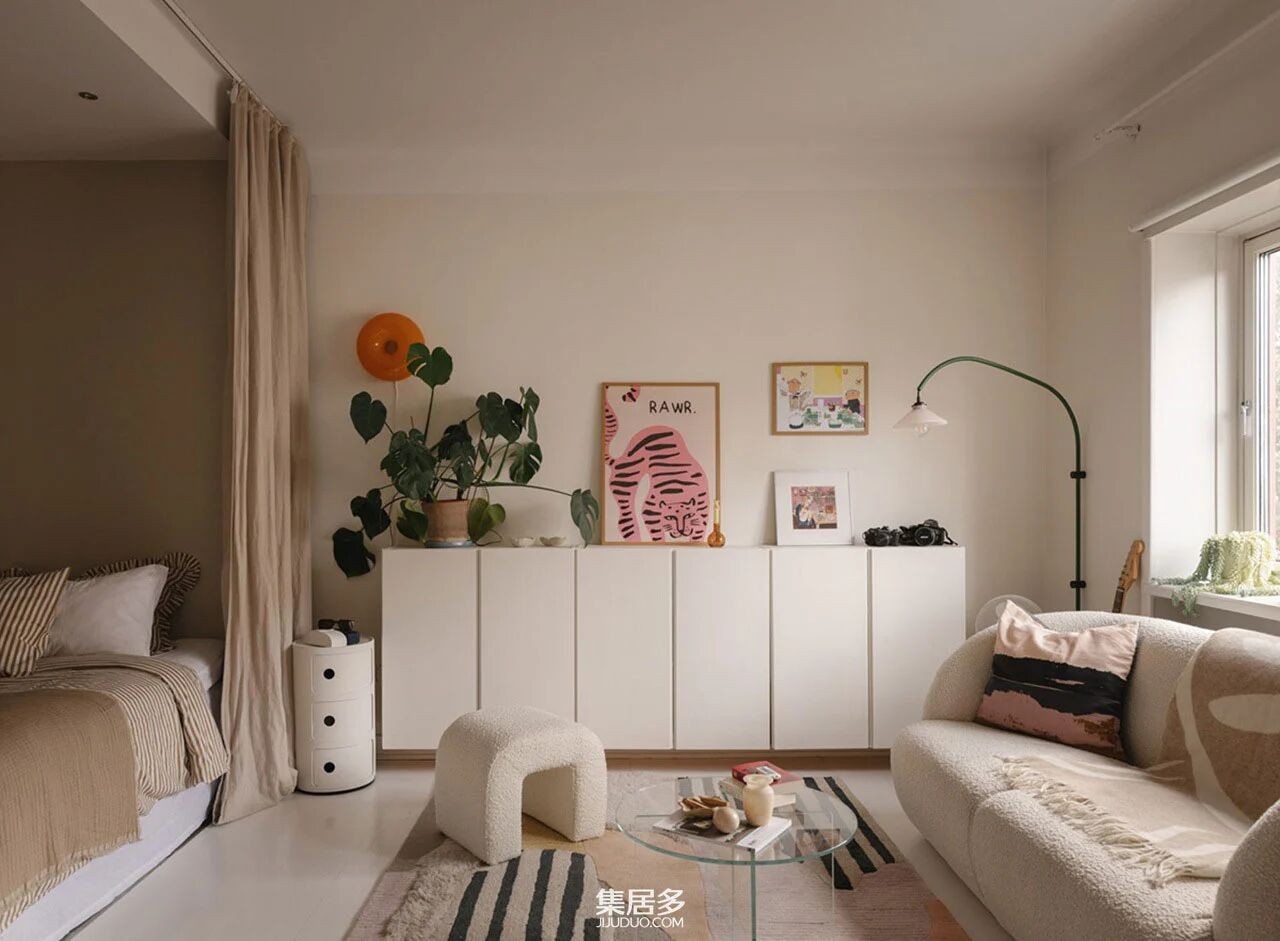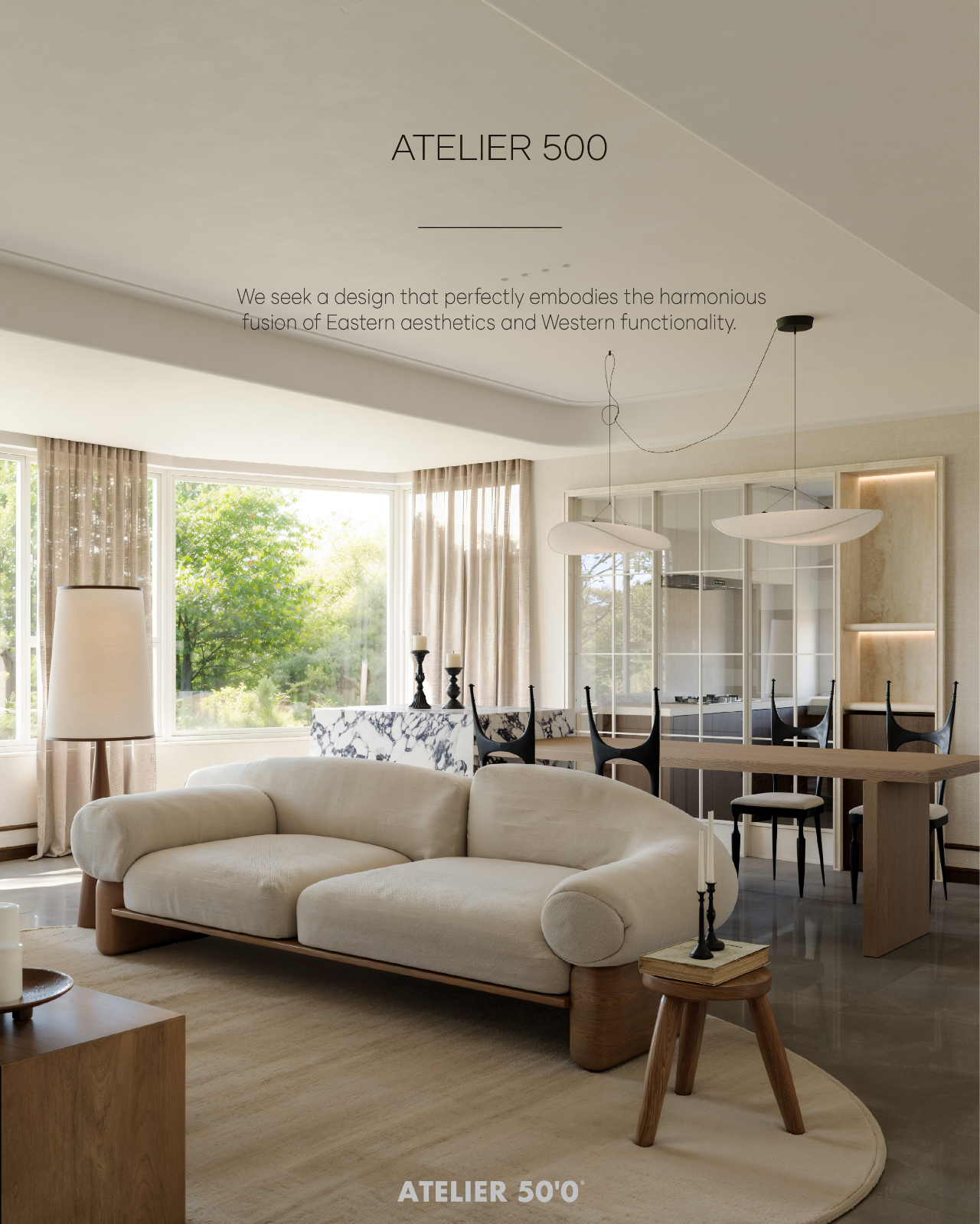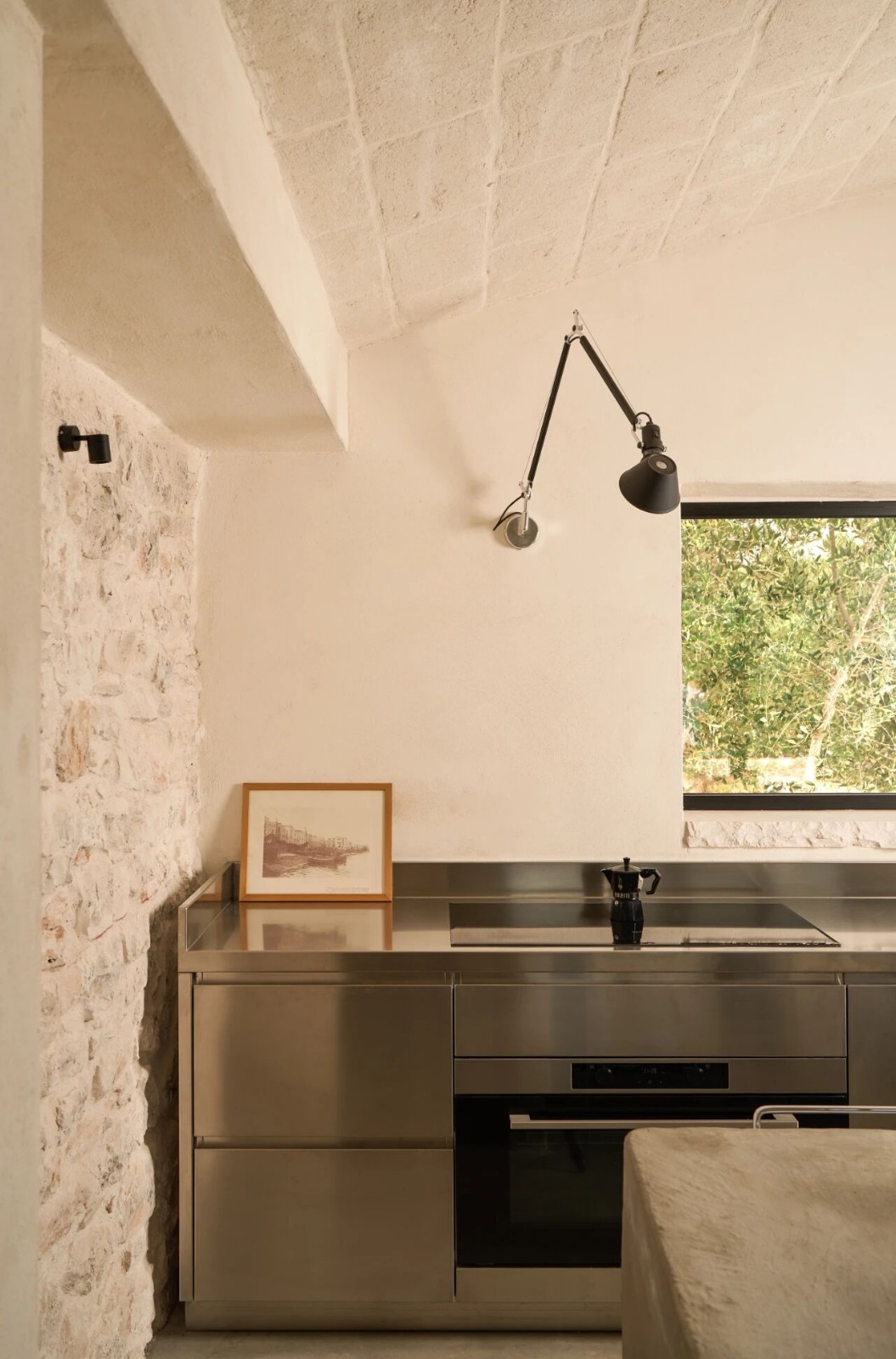Toru Shimokawa新作 丨 下川徹,匠人匠心 首
2022-06-25 23:13


Toru Shimokawa Architects是日本的一家建筑设计事务所,由备受瞩目的青年建筑师Toru Shimokawa(下川徹)创立于2005年。Toru Shimokawa于1983年出生在日本的福冈市,26岁时即首次获得Bauwelt Prize 2009(柏林)建筑奖。
Toru Shimokawa Architects is a Japan-based architecture firm founded in 2005 by high-profile young architect Toru Shimokawa (Toru Shimokawa). Born in 1983 in Fukuoka, Japan, Toru Shimokawa won the Bauwelt Prize 2009 (Berlin) for his first work in Architecture When he was 26 years old.


Ropponmatsu House
Ropponmatsu House位于福冈市,由Toru Shimokawa Architects设计改造,这是一座传统的木结构住宅建筑,空间设计以 光的四季为主题,通过使用不同的材料,为室内引入随季节和时间变化分明的光线。
It is a dwelling unit renovation Ropponmatsu no Ie in Fukuoka City by Toru Shimokawa. Designed with the theme of light in a situation where you can see the various materials are selected to create an impressive light with an outline floating in the backlight, revealed a vague, hazy, mild light and shadow effect.






建筑师使用传统的“shoji”(障子,日式房屋之中的纸糊木框,可做空间分隔,也可以做推拉移门)来避免白天阳光的直射,从而使得室内光线变得更加舒缓、柔和。地面铺贴的所有瓷砖都来自同一窑炉的同一批次,质地、颜色、色泽等虽然品次不一,但这种“不完美的美”反而具有更加独特的个性。
The architects used traditional shoji (paper wooden frames in Japanese houses that can be used as space partitions and sliding doors) to avoid direct sunlight, thus making the interior light more soothing and gentle. All ceramic tiles that the ground shop sticks come from the same batch of same kiln, although quality of a material, color, colour and lustre wait to taste second differ, but this kind imperfect beauty have more distinctive individual character instead.






















Umegaemochi Yasutake
随着日本旅游业的发展,梅枝麻薯成为了太宰府当地的人气纪念品,早在江户时代,这道美食的制作已被广泛流传。Yasutake作为当地备受欢迎的家族品牌,多年来为地区经济的发展做出了积极地贡献。Yasutake的梅枝麻薯对材料选择和制造方法都极其讲究,从江户时代直至今日,一直受到当地居民和众多游客的追捧与喜爱。
With the development of tourism in Japan, Umegae Mochi became a popular souvenir of Saifuiki. The Anbu family has contributed to the development of this regional economy for many years as a family enterprise. Yasutakes Umegae Mochi is particular about materials and manufacturing methods, and has been supported by many worshipers from that time to the present day.








作为一家独具特色的梅枝麻薯店,在售卖的同时并展示食品从制作、烤制到出品上架等一系列的生产过程,烤麻薯的声音、散发的红豆香味、刚出炉的热气混合着迎面扑来,避免等待美食的人们日晒雨淋,入口屋檐由建筑外立面伸展而出,底部延续到室内,形成有效的整体。总店开业之后,涌动的客流促使店主增建茶屋的计划,供远道而来的游客品茶、休憩,体味当地悠久的历史和文化传承。
As the unique Mochi shop, the exhibition and sale of Mochi gave the facade and counter an opportunity to show in space.
The sound of baking rice cakes, the aroma of red beans, the temperature of freshly baked rice cakes, and the lines of people chewing on them, which breathe life into this bustling neighborhood. To maintain the flow of air between the store and the street, as well as to protect tourists from the sun and rain, the store is set up with extended eaves. Following the main store, we are planning a teahouse that will be a tea house and a resting place for worshipers visiting from afar. We respect the local history and culture and hope that it will continue to be a store that can contribute to this area for a long time.


















版权:Toru Shimokawa Architects































